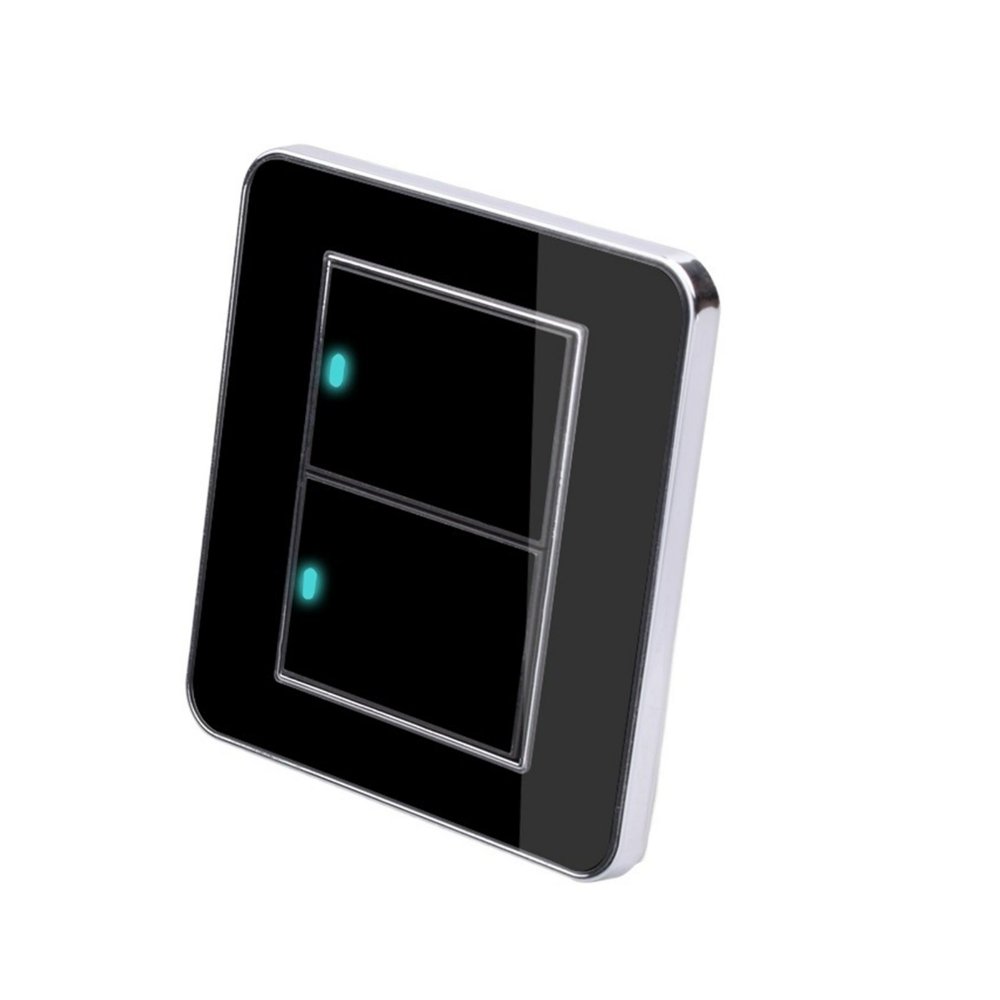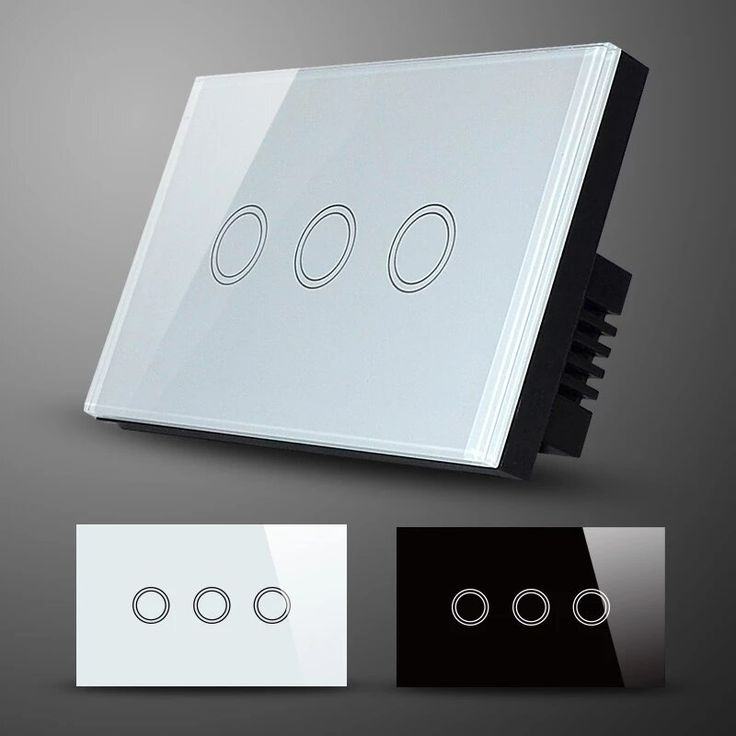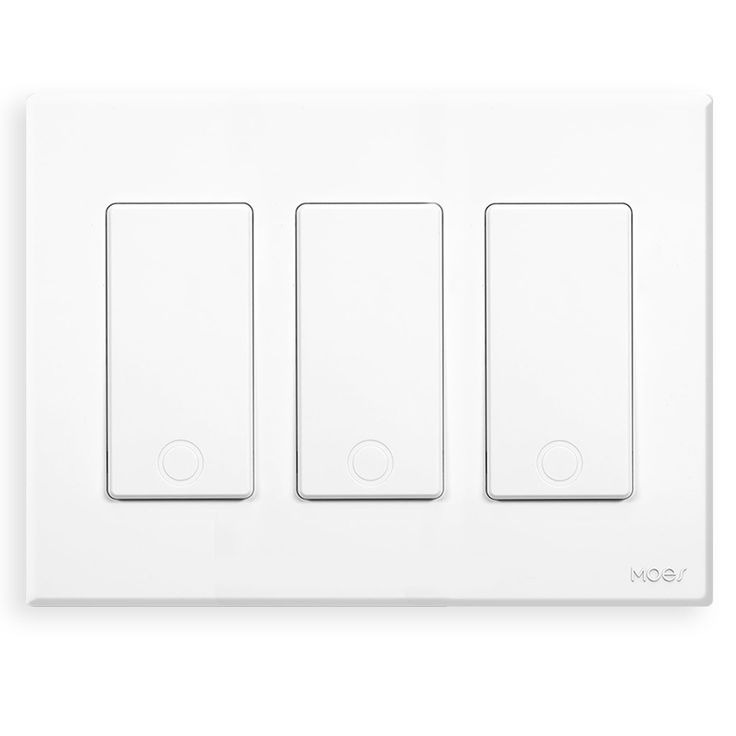Introduction to Smart Lighting Switches
Smart lighting switches have revolutionized home lighting systems. They allow users to control lights using voice commands, mobile apps, or automations. Unlike traditional switches, smart switches connect to your home Wi-Fi or a hub. This connectivity enables powerful features such as remote control, scheduling, and scene setting.
Smart lighting switches fit into standard electrical boxes, making the upgrade from traditional switches straightforward for most homeowners. They work with a range of bulb types and integrate with other smart home devices. By providing enhanced convenience, energy efficiency, and security, they have become an essential part of modern home automation systems. The key to their popularity is their user-friendly design and functionality that cater to contemporary lifestyle needs.

Evolution of Light Switch Technology
From simple mechanical toggles to sophisticated smart lighting switches, the journey has been transformative. Earlier light switches were mere on-off devices with no extra functionality. Over time, we saw the introduction of dimmer switches, allowing users to adjust light levels. In the late 20th century, motion sensor switches entered the market. These switches turned lights on or off based on movement, enhancing energy efficiency. The 21st century sparked a major leap with the rise of wireless technology.
Smart switches now offer countless features; some even learn from user behavior. They support dimming, scheduling, remote access, and integration with smart home ecosystems. Innovations continue to emerge, driving light switch technology toward even greater convenience and efficiency. Throughout this evolution, what remains constant is the aim to give users more control over their lighting environments.
Current Trends in Smart Lighting Solutions
The market for smart lighting switches is dynamic, with trends that shift to reflect the latest in user preferences and technological advancements. Here are the current trends in smart lighting solutions:
- Voice Control Integration: Smart lighting switches increasingly integrate with voice-controlled assistants like Amazon Alexa, Google Assistant, and Apple HomeKit. This seamless integration allows users to manage lighting with simple vocal commands.
- App-Control: Mobile applications play a central role in controlling smart lighting switches, offering intuitive interfaces for users to customize lighting scenes, set schedules, and monitor energy use.
- Energy Efficiency: Today’s smart lighting solutions are more energy-efficient than ever. They auto-adjust based on ambient light or time of day, contributing to lower energy bills and a lesser environmental impact.
- Mesh Network Connectivity: The use of mesh networks like Zigbee and Z-Wave ensures that switches communicate more reliably with each other. This also improves the range and stability of the home lighting system.
- Adaptive Learning: Cutting-edge smart lighting switches are now capable of learning user behavior. They can automate lighting patterns based on your habits, providing convenience and personalized experiences.
- Security Features: Modern smart switches come equipped with built-in security features such as occupancy sensors that activate lights when someone enters a room, serving as a deterrent to intruders.
- Compatibility and Interoperability: A trend toward universal compatibility means that new smart switches are designed to work with a wide array of bulbs and other smart home devices. This eases the upgrade process and expands the potential for smart home integration.
These trends reflect a market that is not only growing but also becoming smarter, more user-friendly, and woven into the fabric of daily life. Smart lighting switch manufacturers continue to innovate, ensuring their products meet the evolving needs of consumers.

Innovations in Smart Lighting Control
In the world of smart home technology, smart lighting control has seen significant advances. Several innovations stand out:
- Geofencing Technology: This allows smart lighting switches to react when you leave or enter a specific area. Lights can turn off automatically as you leave home, or welcome you with illumination as you arrive.
- Customizable Control Panels: Some smart switches now feature touch-sensitive screens. These panels let users swipe or tap to control lights, set scenes, or even display information like weather updates.
- Ambient Light Detection: Advanced sensors enable smart lighting switches to adjust brightness based on natural light levels. This ensures the perfect lighting throughout the day and helps save energy.
- Integration with Wearables: Smart lighting can now sync with devices like smartwatches. A simple gesture could turn your lights on or off, offering a new level of convenience.
- Personalized Schedules: Beyond basic scheduling, smart switches can now learn your routine. They adapt to your lifestyle, turning lights on or off without manual input.
- Inter-device Communication: Smart lighting switches can communicate with other smart devices. This creates synchronized actions, such as turning on lights and your favorite music as you enter a room.
These innovations reflect how smart lighting control is becoming more intuitive and integrated into our lives. They enhance our experience with light in ways traditional switches never could.
The Role of AI and Machine Learning
AI and machine learning are driving forces behind the latest smart lighting switch advancements. These technologies are making switches smarter and more responsive to user needs. Here’s how they’re shaping the future:
- Learning User Patterns: AI enables smart switches to learn and adapt to user routines. The more you use them, the better they understand your preferences.
- Predictive Lighting: Machine learning algorithms can predict when you’ll need lights. They turn them on just before you enter a room.
- Voice Command Improvements: AI is improving voice recognition in smart switches. It helps understand requests better, making voice control more accurate.
- Anomaly Detection: Smart lighting can spot unusual patterns. If lights are on when they’re usually off, AI can send alerts to your phone.
- Energy Savings: AI optimizes light usage for energy savings. It adjusts brightness and operation times for efficiency.
- Seamless Integration: Machine learning helps with smooth integration of smart switches into smart home systems. They work better with other devices over time.
AI and machine learning are not just trends. They are essentials that enhance the functionality of smart lighting switches. As these technologies advance, we can expect even more personalized and efficient home lighting solutions.

Benefits of Upgrading to Smart Switches
Upgrading to smart lighting switches has several advantages for homeowners. Among the benefits, the following are noteworthy:
- Enhanced Convenience: Control your lights from anywhere. A tap on your smartphone or a voice command to your assistant is all it takes.
- Energy Savings: These switches optimize light usage. They turn off when not needed, saving on electricity bills.
- Security Boost: Smart switches can mimic your presence. Lights turn on and off, making it look like someone is home.
- Personalization: Create ambiances that match your mood. With customizable scenes, your home reflects your style.
- Home Value Increase: Upgraded homes attract buyers. Smart lighting is a modern feature that can improve property appeal.
- Ease of Installation: Many smart switches fit into existing wiring. This makes switching from old to new simple.
- Smart Home Integration: These switches work with other devices. Your home becomes more connected and intelligent.
Considering these benefits, the transition to smart lighting switch is more than just a tech upgrade; it’s a step towards creating a more convenient, secure, and personalized living space.
Smart Lighting Switches and Home Automation
Smart lighting switches are a cornerstone in home automation. They connect lights to home networks, enabling seamless interaction with other smart devices. Here’s how they’re transforming home automation:
- Centralized Control: Manage all connected devices from one platform. This simplicity is the heart of smart home convenience.
- Automation: Set lights to switch on or off with timers or triggers. It’s like having a personal lighting assistant.
- Voice Activation: Link switches to voice assistants. Just say the word, and your lighting obeys.
- Remote Access: Control lights from outside your home. All you need is your smartphone.
- Scenes and Ambiances: Pre-set lighting for activities or moods. Movie night or dinner party? Your home adapts.
Smart lighting switches do more than control lights. They enhance safety, save energy, and offer unparalleled ease of use. As part of a broader home automation system, they ensure your living space is responsive to your lifestyle. From lights that turn on as you arrive to those that simulate your presence when away, smart switches provide both comfort and peace of mind. They bridge the gap between static home fixtures and dynamic, intelligent environments. In doing so, they lay the groundwork for innovations yet to come in the realm of smart home technology.
Future Outlook for Smart Lighting Technologies
The future of smart lighting switch is bright and filled with potential. As the adoption of smart home technologies accelerates, smart lighting control systems are poised to become even more sophisticated and integrated into our daily routines. Here are some key aspects to look forward to:
- Advanced Integration: In the near future, smart lighting switches are expected to work seamlessly with a wider array of smart home devices and IoT applications. This will allow for a more cohesive and automated home environment.
- Improved Energy Efficiency: Technological advancements will further optimize how smart switches control lighting, reducing energy consumption and contributing to greener homes.
- Enhanced User Experiences: As machine learning and AI evolve, smart lighting switches will offer more personalized lighting experiences, adapting to individual preferences and activities with minimal user input.
- Innovative Features: New features such as health monitoring through lighting, mood-adaptive lighting, and even the ability to disinfect rooms using smart UV lighting solutions could emerge.
- Greater Accessibility: As prices drop and awareness grows, smart lighting switches will become a standard for homes, accessible to a wider range of consumers.
- Sustainability Practices: The focus on sustainability will drive innovations that contribute not only to smart homes but also to smarter cities, utilizing energy more responsibly.
- Voice Control Enhancement: Voice recognition technology will improve, making interactions with smart lighting even smoother and more intuitive.
Overall, the smart lighting switch industry is on the cusp of a new era. Future advancements promise to deliver smarter, more efficient, and more satisfying lighting solutions that transform the way we illuminate our living spaces.